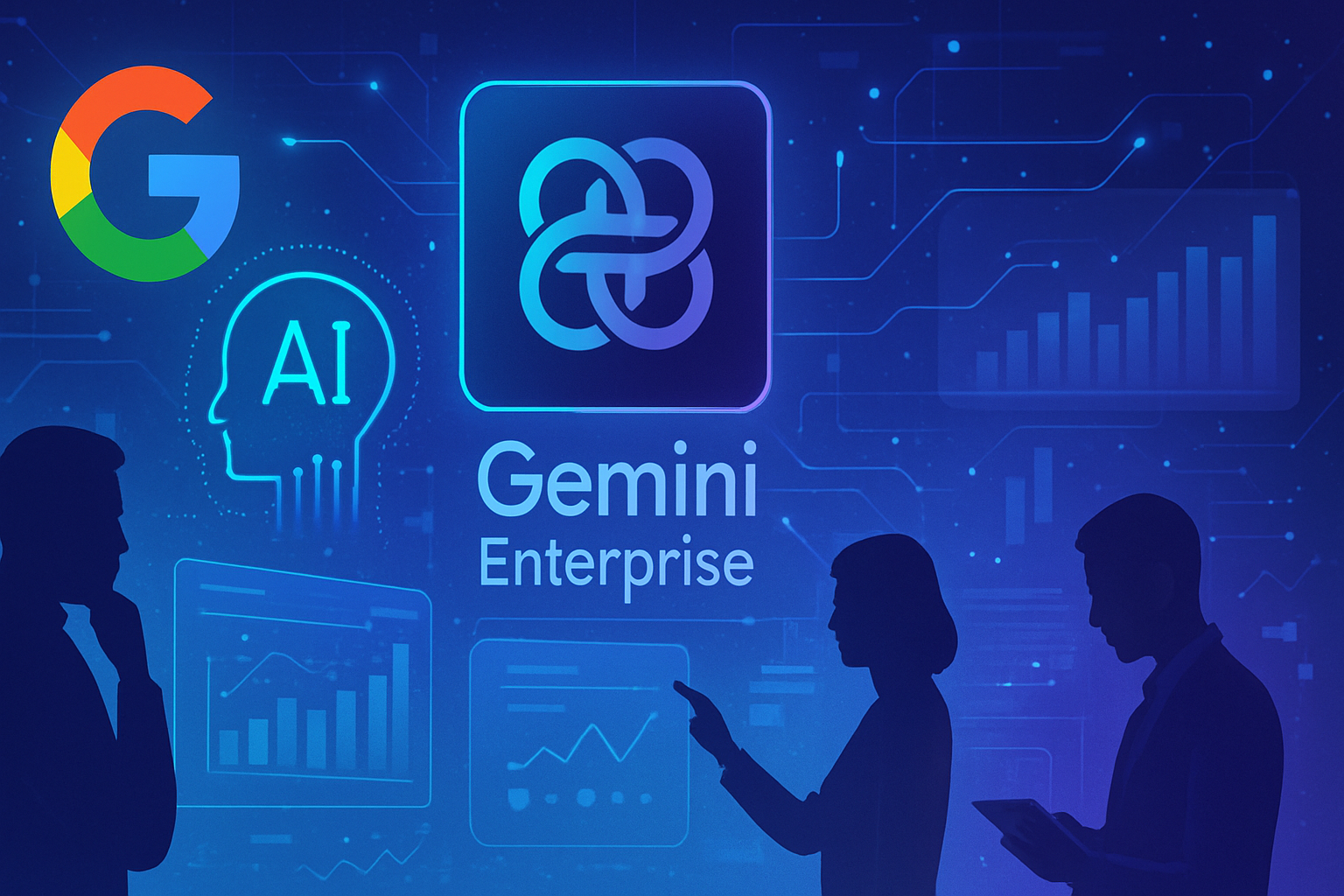OpenAI unveils *Operator*, a revolutionary tool that redefines digital interactions. This system promises to perform complex tasks directly in your browser, achieving unprecedented autonomy. The integration of artificial intelligences into browsers transforms the user experience, alleviating the burden of repetitive tasks. The new era of AI agents begins today, showcasing features of unparalleled finesse. *Yiannis Antoniou, an expert from Lab49*, scrutinizes the profound impact of OpenAI on the technological landscape, offering valuable insights into this advancement.
OpenAI and the Birth of Operator
OpenAI has launched a revolutionary tool named Operator, designed to seamlessly integrate with web browsers. This automated device executes a variety of tasks, from filling out forms to ordering groceries. Through its simple interface, Operator promises to simplify many repetitive online activities, acting directly on websites through simulated human interactions.
The Innovative Model of the Computer-Using Agent (CUA)
The engine of this innovation is based on a new archetype known as the Computer-Using Agent (CUA). Operator utilizes GPT-4o visual recognition, coupled with advanced reasoning capabilities. This blend enables the tool to behave like a true “human in the browser”, facilitating the execution of complex operations with minimal human intervention. Although OpenAI is innovating with this agent, industry experts point out possible avenues for improvement.
The Impact of OpenAI in the Landscape of AI Agents
Yiannis Antoniou, an AI expert, has expressed thoughts on the significance of Operator for the AI agent systems market. His analysis highlights the both promising and unfinished characteristics of this initiative.
A Familiar Interface
Antoniou claims that the announcement of Operator is captivating but incomplete. Designed to function in a familiar environment to everyone — the web browser — this agent removes the necessity for complex infrastructures. This allows OpenAI to utilize a popular interface, facilitating public adoption.
By adopting a browser-centered approach, OpenAI enhances the user experience, thereby reaching a wide audience. This strategy stands in stark contrast to that of Anthropic, which struggles to capture attention despite its advancements.
Usability and Security of Operator
One of the essential features of Operator lies in its focus on adaptability and security. Through protocols called “human-in-the-loop”, OpenAI ensures thoughtful usage of the tool. Although Antoniou acknowledges the importance of these usability features, he insists on the need for further development.
Structurally, the integration of Operator resembles the method used by Claude. Both systems take screenshots and perform actions on the screen via virtual mouse movements. However, Operator goes further with interesting usability enhancements.
Emphasis on Customization
Customized instructions for specific sites add a personal touch to the usage. This consideration for users, by adding layers of security, illustrates OpenAI’s awareness of the security risks associated with malicious sites. Nevertheless, challenges remain regarding security in various situations.
The Future of Consumer Artificial Intelligence
Antoniou sees the launch of Operator as a pivotal moment for the consumer AI landscape, even though its development remains embryonic. This initiative represents a remarkable first attempt to create an agent system capable of meeting users’ daily needs.
Operator, available for $200 per month, acts as an experimental space during its initial phase. OpenAI plans to expand its offering, including lower subscription tiers and potentially a free version. This could herald an era of AI agents dedicated to consumers, facilitating their integration into daily life.
Antoniou emphasizes that, although the cost may seem high for now, ongoing improvements to the tool will give OpenAI a significant competitive advantage. He poses the question: “Is $200 per month worth it?” Many users find the answer yet to be determined.
OpenAI and Continuous Innovation
OpenAI’s desire to elevate human interaction with technology becomes evident as the company refines its product. Collaborations with companies like Instacart, DoorDash, and Uber demonstrate Operator’s ambition to position itself as a varied task automation solution.
However, initial limitations and the pricing strategy may impede its adoption. An adjustment phase appears to be on the horizon, dedicated to continual improvements in usability and accessibility.
Future Development and AI Agents
Operator may well usher in a new wave of artificial intelligence, redefining how users interact with the web. According to experts, OpenAI’s method could influence many business sectors. This development could thus help shape the future of AI agents.
With ongoing projects and clear ambitions, OpenAI seems determined to reshape the technological landscape. Their efforts aim to democratize access to AI, a goal that carries many implications for both consumers and businesses.
Common Questions about OpenAI Operator and Its Impact in the Field of Browser AI Agents
What is the OpenAI operator and what are its main features?
The OpenAI operator is a tool designed to integrate with web browsers to execute tasks autonomously, such as filling out forms or placing online orders, by interacting directly with websites.
How does the OpenAI operator enhance user experience compared to other AI agents?
By relying on a familiar interface, the browser, the operator facilitates the adoption of AI by making its use more accessible and intuitive for users, unlike technical or specialized systems.
What are the security issues associated with using the OpenAI operator?
The operator incorporates “human-in-the-loop” security protocols to prevent unauthorized actions while ensuring ongoing monitoring to detect malicious behaviors within a secure usage framework.
How does OpenAI plan to evolve the operator in the future?
OpenAI aims to continually develop the operator by adding capabilities, improving security controls, and making the service accessible at different price levels, thus seeking broader public adoption.
What is the subscription cost for the OpenAI operator, and is it currently justified?
The current subscription cost for the operator is $200 per month. Although this rate may seem high for some users, it is considered justified by the value of innovation that the tool brings, according to initial evaluations.
What feedback have early users of the OpenAI operator reported?
Early users report a positive experience, highlighting the tool’s ease of use and its potential to automate tasks, but also note the need for improvements, particularly regarding security and performance on complex tasks.
What implications does the OpenAI operator have for the future of AI agents and their use in everyday life?
With the operator, OpenAI paves the way for a new generation of accessible AI agents integrated into daily life, which could revolutionize how users interact with technology by simplifying online tasks.
How does the OpenAI operator differentiate itself from competing offerings in the AI agent market?
The main difference lies in its browser-centered design that eliminates the need for complex integrations while making the tool accessible to a wide audience, unlike systems that require prior technical knowledge.
What is Yiannis Antoniou’s vision regarding the impact of the OpenAI operator on browsers?
Yiannis Antoniou emphasizes that the operator represents a major advancement in integrating AI into browsers, making online task automation both efficient and secure while addressing specific user needs.
How can businesses benefit from using the OpenAI operator?
Businesses can leverage the operator to improve their operational processes by automating repetitive tasks, which can free up resources and enhance overall efficiency in online work.






